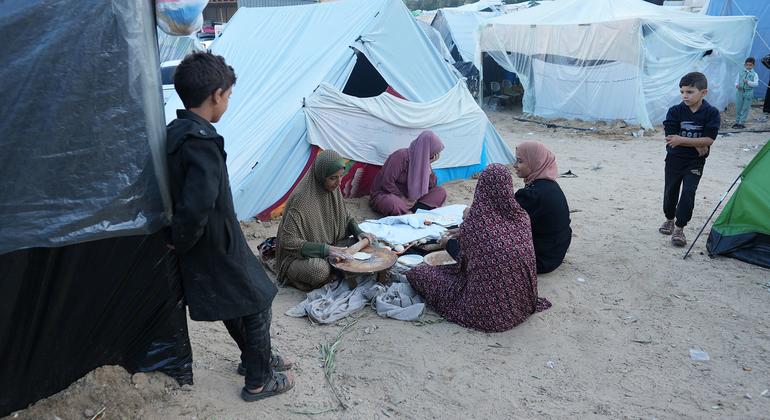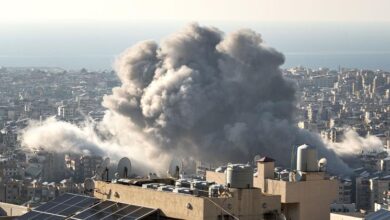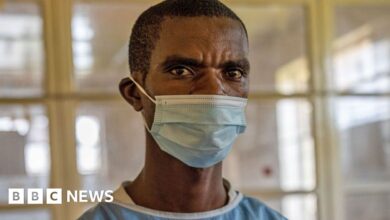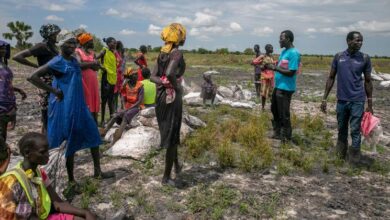Gaza: 250,000 people to be displaced due to new escalation in Khan Younis


In a warning detailing another night of heavy shelling across the enclave, the UN agency assisting Palestinian refugees, UNRWAsay Gaza residents fleeing southern city have been forced to build shelter at the water’s edge because Displacement camps were packed on the coast.
Just weeks ago, Khan Younis was abandoned after heavy Israeli bombing damaged or destroyed homes and buildings, but families left with few other options moved there after the Israel Defense Forces (IDF) entered Rafah in early May.
“This is another devastating blow to the humanitarian response here, this is another devastating blow to the people, the families on the ground. It seems like they have been forcibly displaced over and over again,” said Louise Wateridge, Senior Communications Officer at UNRWA.
‘Impossible decisions’
Those forced to move are now having to make a series of “impossible” decisions, she added.
“How do parents decide where to go; where to go?? This morning, right in the middle of Gaza, along the coastal road, you can see temporary shelters right on the shore, right where the water is coming in. They are packed with displaced families.”
The UNRWA officer noted that heavy bombing continues “in the northern, central and southern areas of the Gaza Strip…nowhere is safe. On the ground, we have seen families fleeing the area. There is more chaos and panic spreading on the ground.”
Despite the lack of fuel and safety, Ms Wateridge insisted that the UN agency continued to provide water, food, flour, diapers, mattresses, tarpaulins and health care.
“But the UN has been unable to make any response due to the Israeli siege…and now the subsequent evacuation order is once again affecting our ability to access the Kerem Shalom border crossing to receive aid.”
Reiterating deep concern about the lack of aid to Gaza, the United Nations World Health Organization (WHO) stressed that the lack of fuel had “significantly reduced” care in the area.
Fuel is in short supply.
Gaza’s healthcare sector alone requires 80,000 liters of fuel per day to operate, but only 195,000 to 200,000 liters were delivered by the end of June; “since then, no fuel has been brought into Gaza” through Kerem Shalom, said Dr. Hanan Balkhy, regional director for the Eastern Mediterranean.
Speaking from Jerusalem via video link, the WHO official explained that the shipment must be shared across all sectors, including water, sanitation and hygiene (WASH), which requires 70,000 litres per day.
“As a result, hospitals are again running short of fuel, risking disruption to vital services as the injured die as ambulance services face delays due to fuel shortages,” said Dr Balkhy, adding that the shortage of petrol and diesel is also affecting essential water and sanitation services such as clean water, deliveries, sewage pumping and waste collection.
Concerns about disease
From June 15 to 23, the water and sanitation cluster received less than five percent of the daily fuel needed to maintain services and as a result, water service providers “were forced to limit the operation of the city’s groundwater wells and two operating water desalination plants, further reducing water production.”
This “contributes significantly to the spread of the disease,” the WHO official added, noting a worrying increase in the number of adults and children suffering from waterborne diseases such as hepatitis A, diarrhea, skin diseases and others.




